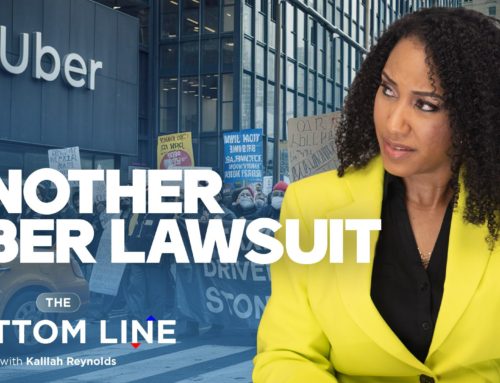A business plan is the best foundation for a company that is serious about growth and success.
Business Development Consultant and entrepreneur, Dr Sheldon Campbell said a well-done business plan demonstrates to financial institutions and investors that the business owner is serious about their company’s growth.
A business plan is a written document that describes in detail how a business, usually a startup, defines its objectives and how it is to go about achieving its goals.
Speaking on Money Moves with Kalilah Reynolds, Campbell emphasized that a good business plan should provide financial institutions or investors with the information they will need to confidently invest in the company.
The extensive research and business evaluation that is required to create the plan, Campbell said, often forces owners to answer questions about their company that they might have overlooked or not thought through fully.
“It [business plan] asks the kind of questions that a banker if they’re gonna give you some money, would want to know,” he said.
A traditional business plan usually contains four components- executive summary, company description, market analysis/market strategy and the appendix.
According to Campbell, the executive summary is a “high-level look at the business”.
It is the first thing that investors will read and as such must provide them with all the information they will need to know about your company in a concise but clear manner.
Campbell noted that the executive summary is a great place to highlight the company’s strengths, which may include its management team and financials.
“You may want to say ‘we have over 50 years of leadership experience [in our management team]’. Create a nice graphic to show how your company is doing financially, or if you just started then show a projection of your finances,” he explained.
“Some people like to include their keys to success and their key performance indicators,” he added.
Campbell noted that a good management team can be a big difference in the minds of individual investors or financial institutions.
Therefore, he said, that the company description section of the business plan should be used to, for one, showcase the strength of the company’s management team.
“If an institution or an investor looks and sees a very strong management team, then they would want to give you a loan,” Campbell explained.
This section of the business plan gives a more in-depth look at the company, explaining what it does and what makes it unique. It should also include information like the date of incorporation, the company’s location, opening hours and who is the company’s target audience, and the business structure.
A projected timeline for achieving the company’s short and long terms goals can also be included in this section.
The section following the company description deals with the role and impact the business will have in its industry and how it plans to engage its target audience.
Companies will need to conduct market research and analysis to see how the business compares to similar ones, how it will factor into the industry and what its strengths and weaknesses are.
“One of the things that investors are looking for is something that is credible because we like to throw big numbers around hoping to impress the investor but it doesn’t because they don’t think you’re credible,” Campbell said.
“If you’ve really done your market analysis and it’s really good, an investor is gonna look and say, ‘you’re conservative, I do believe what you’re saying makes sense’,” he added.
This section should also address the company’s marketing strategy; how it will attract and manage its customer base and how it intends to reach consumers.
According to Campbell, a company’s marketing strategy will rely heavily on its demographics.
“So, you to look on your niche what makes sense here. ‘Am I going to do Facebook ads to people to persons of a certain age if they not of the demographic that I’m serving; things like that,” he said.
He said that this section should also outline the number of funds that companies plan to allocate to the various forms of advertising.
The final section is the appendix, where Campbell said all the financial information about the company should go.
He noted that this section for some investors is the most important.
“What I’ve noticed is that the more serious investors with the financials first… to see how viable the company is,” he explained.
He said it is essential for the business to paint a clear picture of its finances.
“Any kind of arrangement that you would want to be documented, even things like your personal finances because an investor or bank will want to know that all your estates are in order,” he said.
Other information that Campbell said investors look like to see are the company’s profit and loss statements, the balance sheet, the capitalization table and the budget.
Campbell said the process of creating a business plan can be long and tedious and there are other, easier, alternatives to a traditional business plan.
However, he believes a traditional business plan is the best way to show investors a company’s potential.
He also added that business plans can be created or updated even if the business has been in operation for several years.
“When you just start the business a lot of time you don’t know everything it entails, but once, couple years in, you know your market you can create a plan. You may have done a plan early on but as the business changes, as you get into different aspects of the business, it can be upgraded,” he said.
Visit EXIM Bank’s Business Advisory Service at:
https://eximbankja.com
AUDIO ONLY
Recommended for you

















Leave A Comment